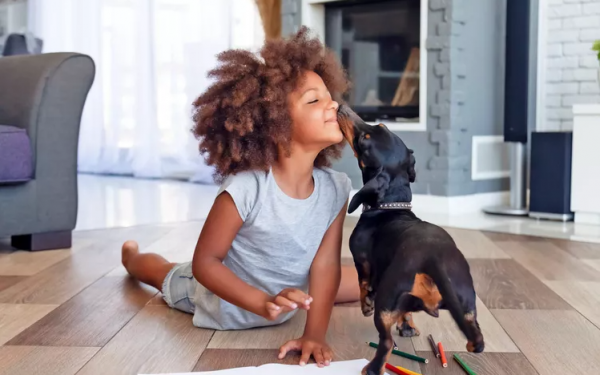I enjoy welcoming my dog by giving her a warm kiss on her head, a gesture she’s familiar with and eagerly responds to by snuggling up to me for affection. Like many dog owners, expressing affection through kisses is a common practice. However, it’s important to recognize that not all dogs appreciate this gesture. While humans often view kisses as a natural display of affection, it’s easy to forget that dogs have different preferences. It might come as a surprise that many dogs actually dislike being kissed, as it’s a behavior more suited to humans than to them.
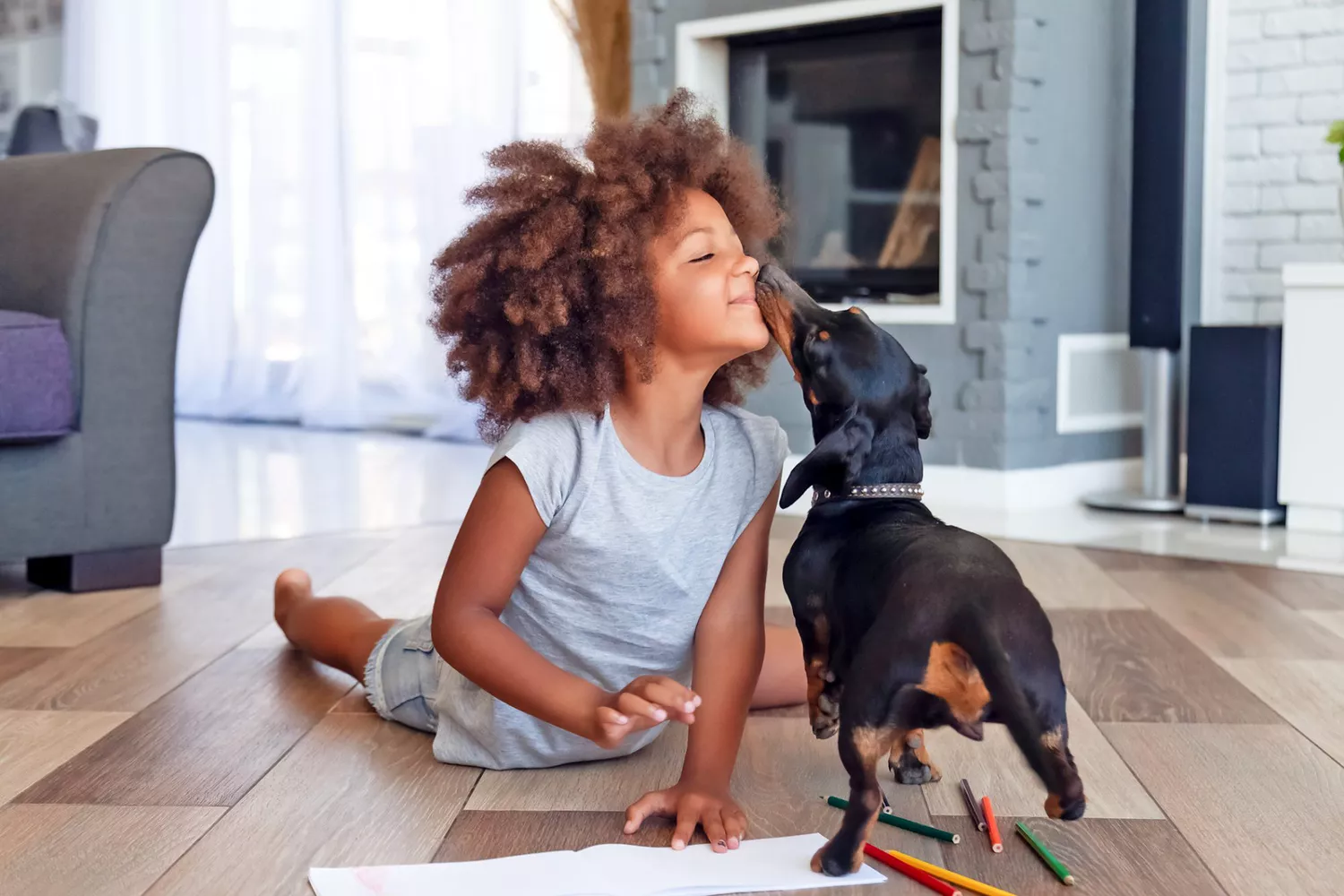
Do Dogs Like Being Kissed?
The initial inquiry revolves around whether dogs comprehend human kisses. Although dogs are adept at discerning human emotions, they do not inherently grasp the concept of kisses. Amy Shojai, a certified animal behaviorist, explains that some dogs may appreciate kisses if they are taught their significance.
However, without proper understanding, kisses could induce stress or bewilderment in dogs, potentially sending mixed signals. This discrepancy arises because dogs typically approach each other in a sideways manner, unlike the direct approach humans often use.
Consequently, sudden face-to-face encounters might alarm dogs, prompting defensive reactions such as growling or biting, particularly concerning interactions with children who are within reach of a dog’s teeth. Shojai advises that while some dogs may accept kisses on the head, it’s prudent to explore alternative ways to express affection, especially with unfamiliar dogs. While some dogs may never warm up to kisses, those trained to accept them might eventually find them tolerable or even enjoyable.
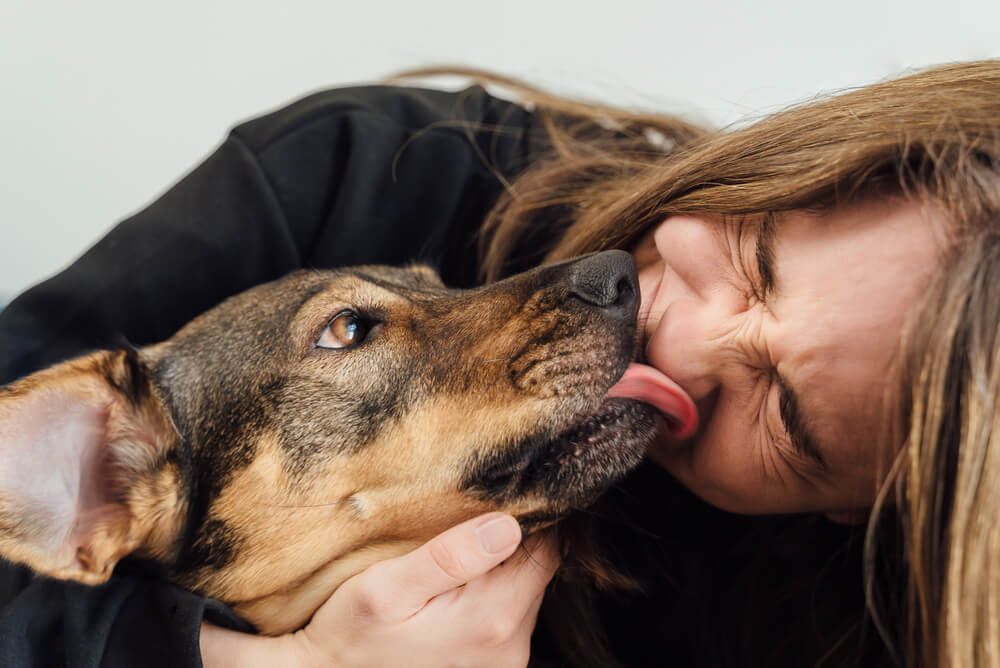
Are Dog Licks the Same Thing as Kisses?
When a dog licks you, it may not necessarily be an expression of affection. According to Shojai, what humans perceive as “dog kisses” are often used by dogs as signals of appeasement or submission. This behavior mirrors how they interact with other dogs, where licking the mouth and eyes communicates non-aggression and deference. Similarly, when directed at people, licking may serve to convey reassurance or respect, targeting areas like the mouth, eyes, or hands.
An appeasement signal, also known as a calming signal, is a subtle form of non-verbal communication that many experts believe dogs employ to ease tension and prevent conflicts. Examples of these gestures include yawning, sniffing, scratching, sneezing, lip-licking, and licking others.
While Shojai asserts that dogs don’t inherently view licking as a display of affection, they may lick humans to seek attention. Over time, if dogs perceive that their licking behavior garners attention and affection from humans, they are likely to continue this behavior.
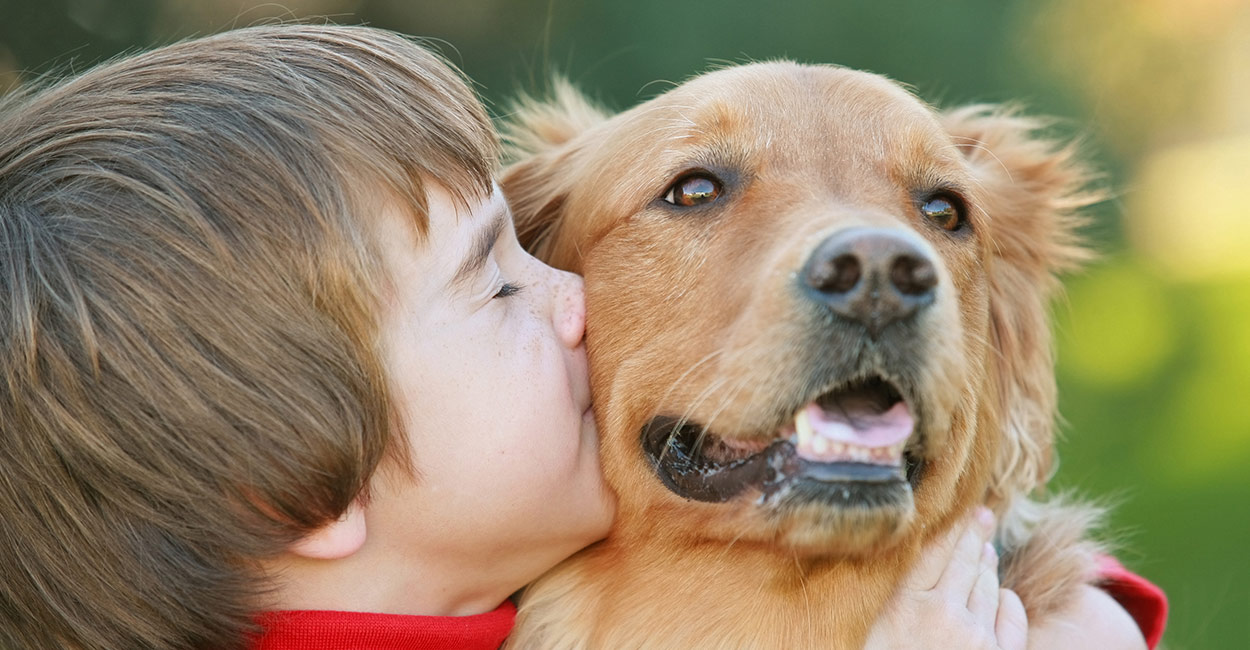
Naturally, dog owners may wonder if their pets lick them to express love and affection. Shojai suggests that this is indeed possible, as dogs can learn to recognize behaviors that please their owners and adapt accordingly. Dogs are observant creatures capable of accommodating human preferences and even developing affection for them.
Therefore, when a dog responds to being kissed by licking in return, it could convey various messages. Understanding subtle cues in the dog’s body language can aid in interpreting the underlying message behind the behavior.
Why Do Some Dogs Yawn or Sneeze When You Kiss Them?
You might have observed your canine companion yawning when you give them kisses, but it’s unlikely due to drowsiness. According to Shojai, yawning in dogs also functions as a signal of appeasement. If the dog isn’t receptive to the kiss or feels uneasy in any way, they might yawn to soothe themselves and convey, ‘hey, no need to worry, I pose no threat, so you can ease off.’
Regarding sneezing, Shojai describes it as a form of canine laughter, suggesting that the dog might find the gesture amusing or perplexing and laughs it off. Sneezing can also serve as an appeasement signal. In essence, these behaviors are likely your dog’s way of indicating they’d prefer you to cease with the kisses. However, it’s nothing personal! Fortunately, you can still express affection to your dog without causing confusion or stress.
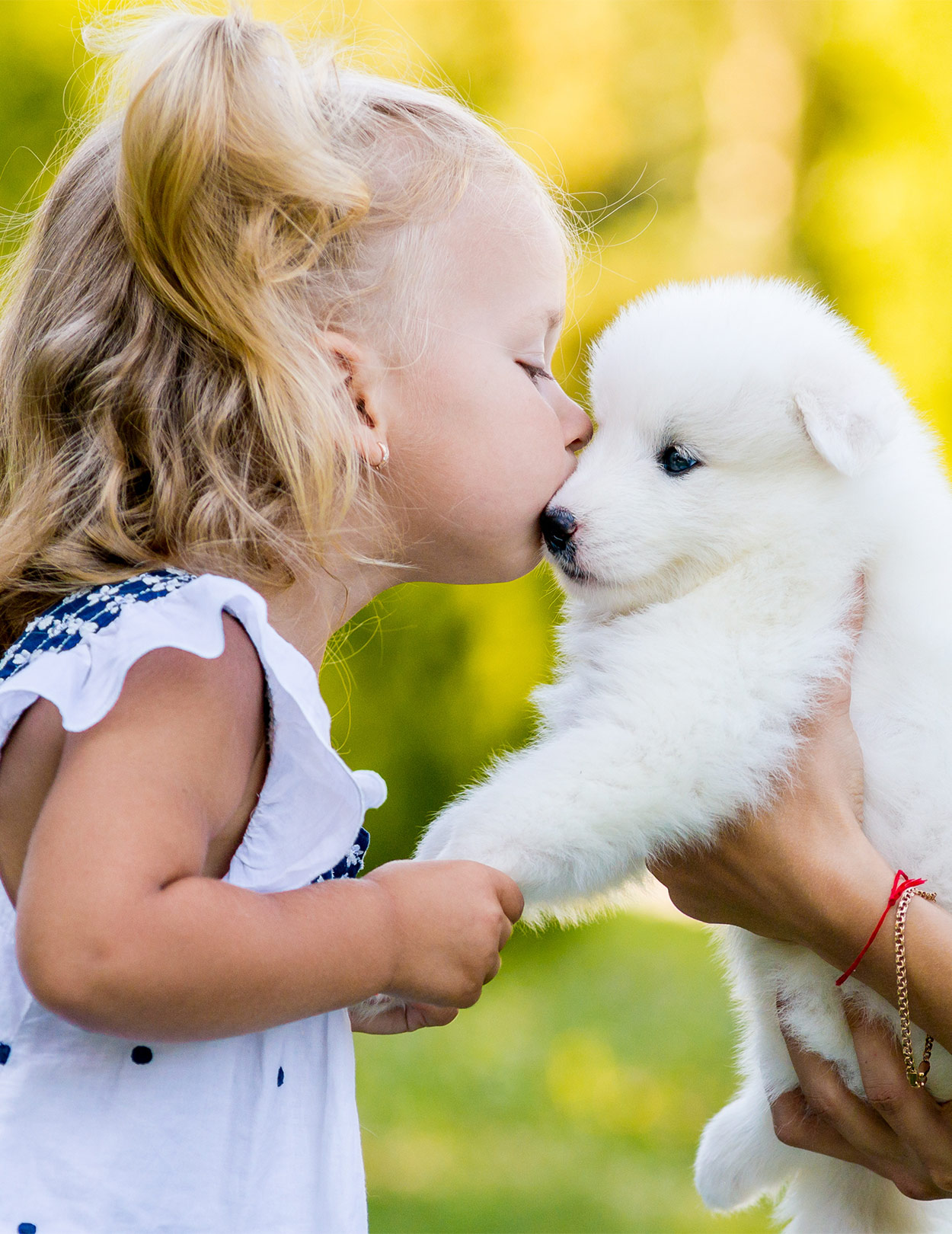
Other Ways to Show Your Dog You Love Them
There exist numerous methods to express affection towards your canine companion beyond simple gestures like kisses or hugs. Personally, my own dog thrives on closeness, so I convey my love through gentle strokes, cuddles, and a warm tone. Ultimately, it boils down to spending quality time together in ways that bring joy to both you and your dog.
“Engage in playtime with your dog! Observe what games he enjoys, and cater to his preferences,” advises Shojai. “Though my dog no longer has a fellow canine companion, he delights in me ‘pretending’ to nibble on his legs playfully (using my fingers/hands as a simulated dog mouth to lightly ‘pinch’ his legs). That brings him immense joy. Any game—be it fetch, Frisbee, or tug-of-war—that your dog relishes becomes all the more special when shared with a beloved human.”
Exercising together serves as another excellent bonding opportunity, so take your dog for leisurely walks or invigorating hikes to let him explore the world. Some dogs even excel as running partners. Additionally, consider teaching your dog some entertaining tricks. These treat-filled training sessions not only provide enjoyment for dogs but also strengthen the bond between you and your furry friend.
